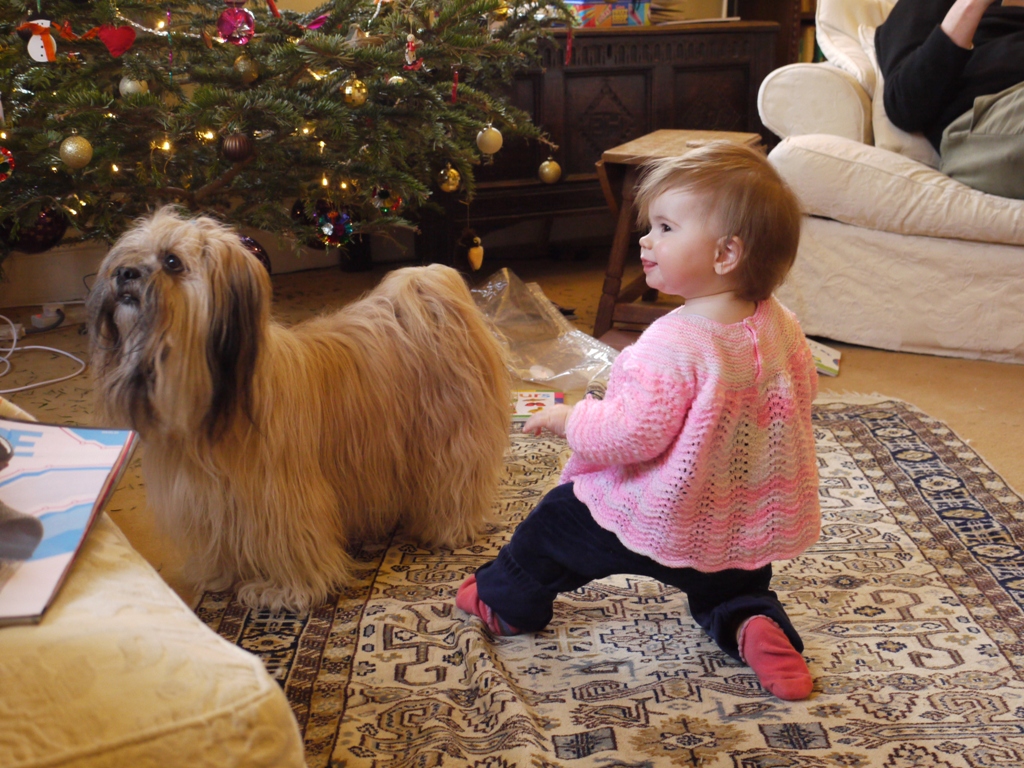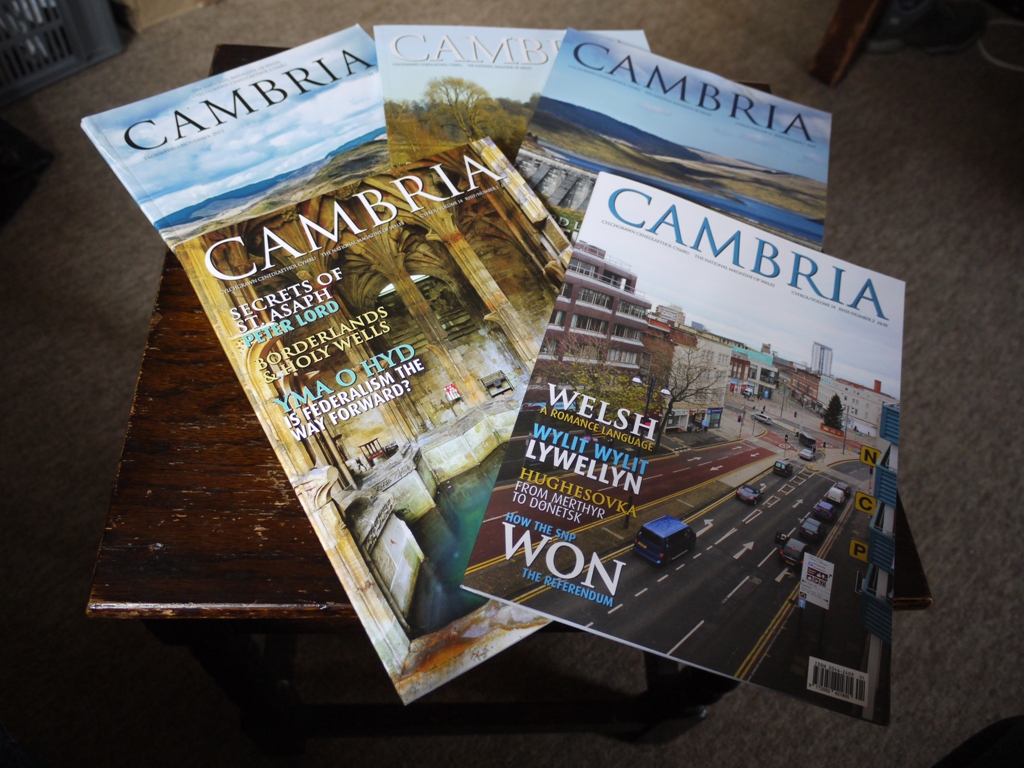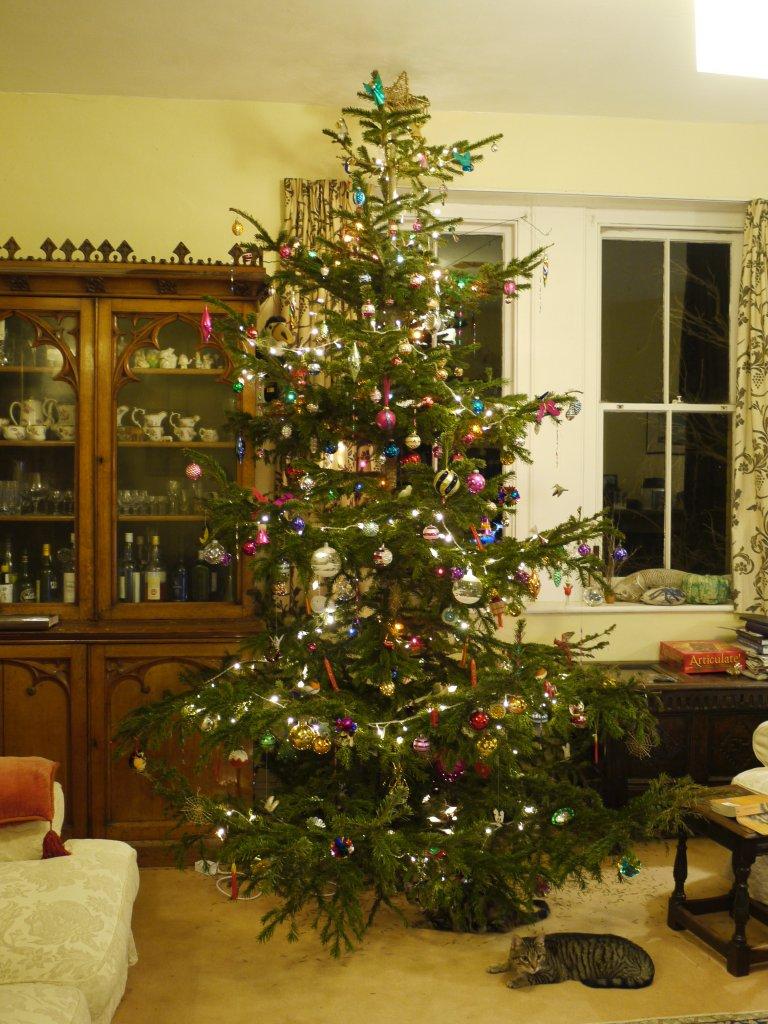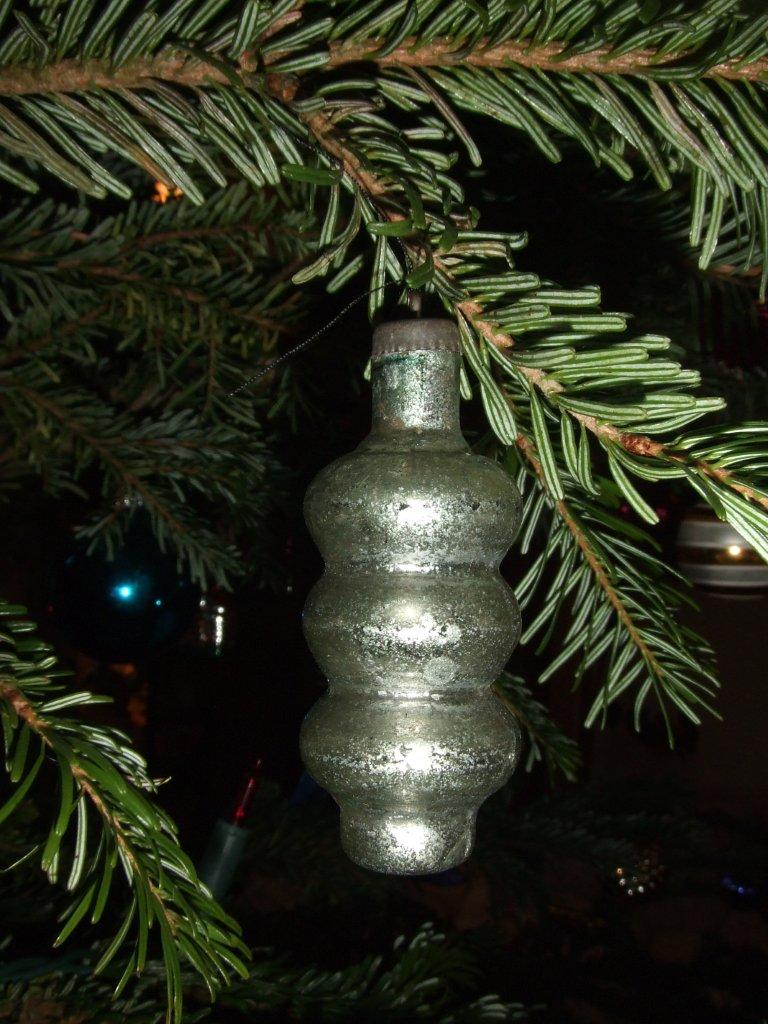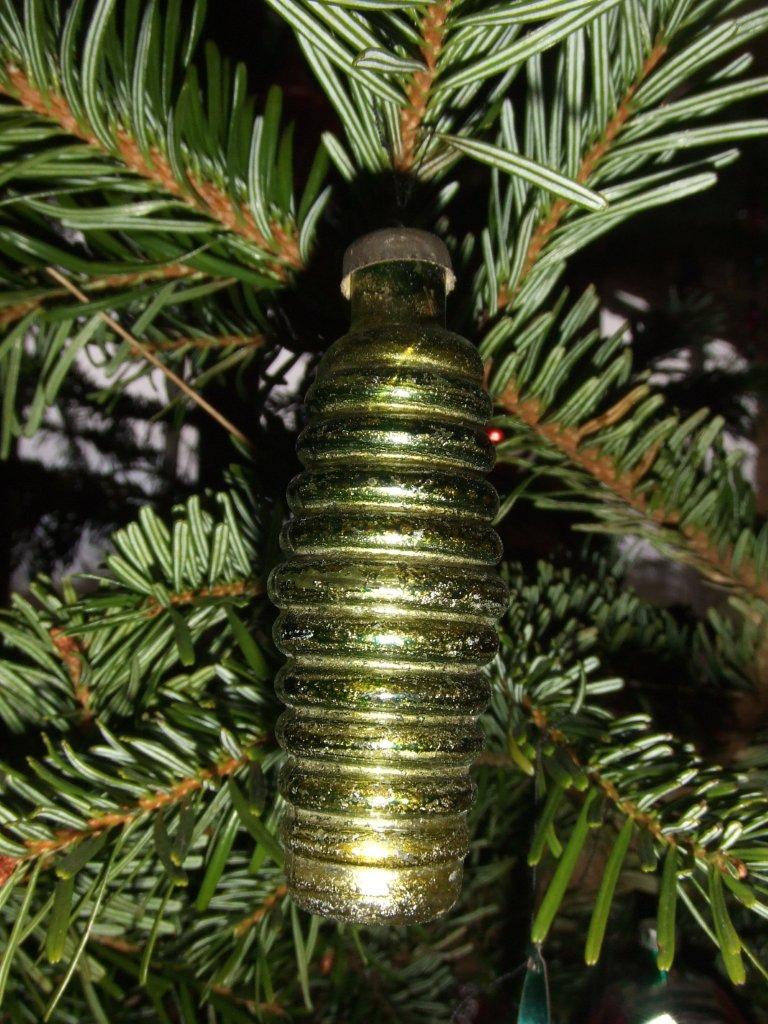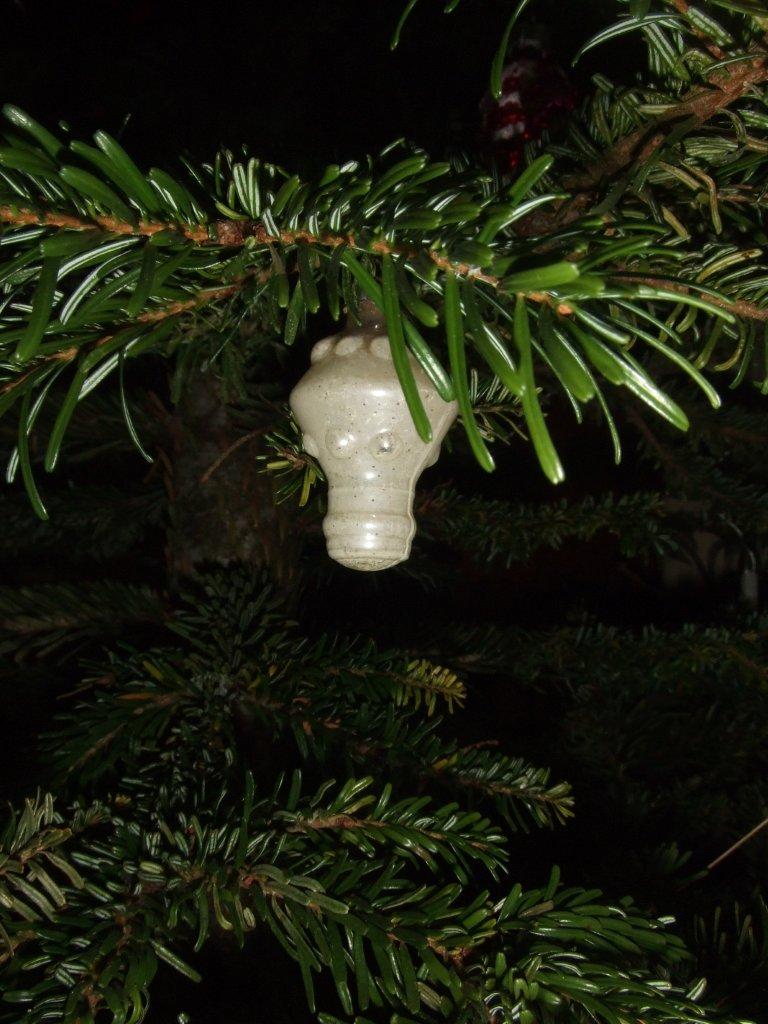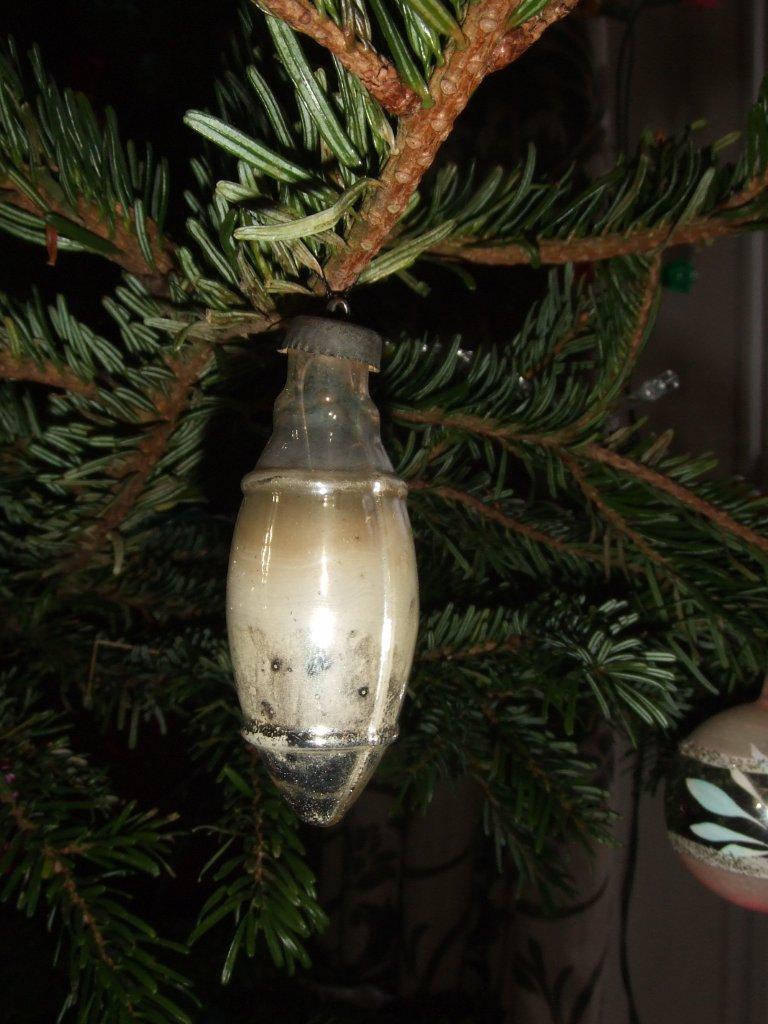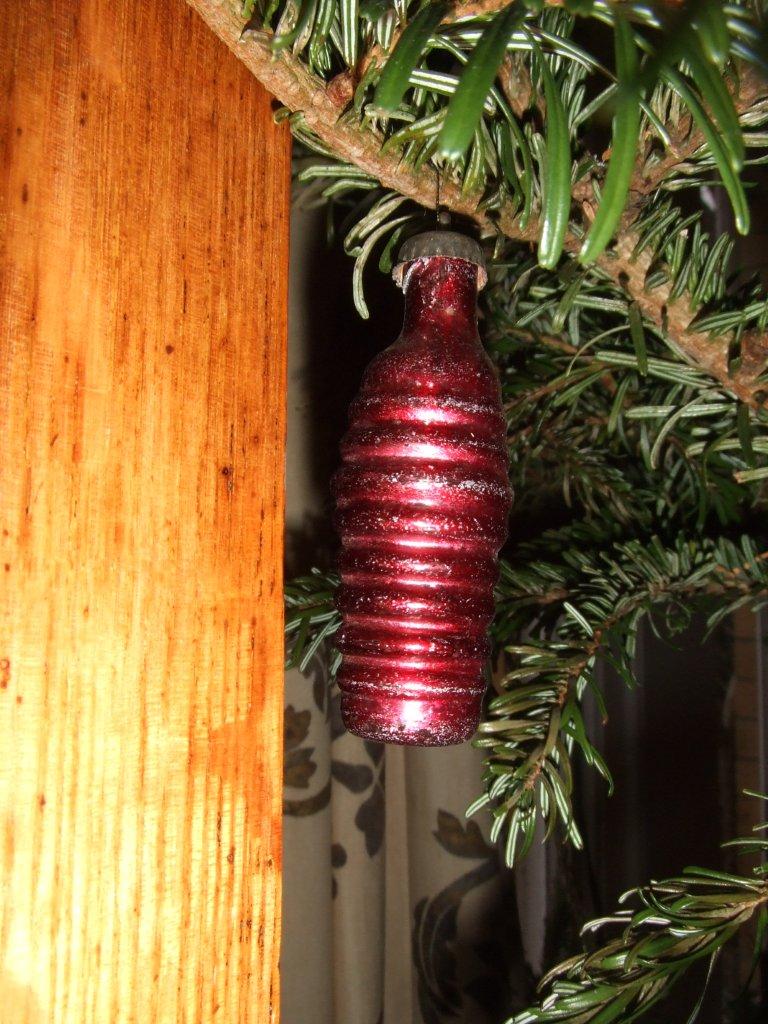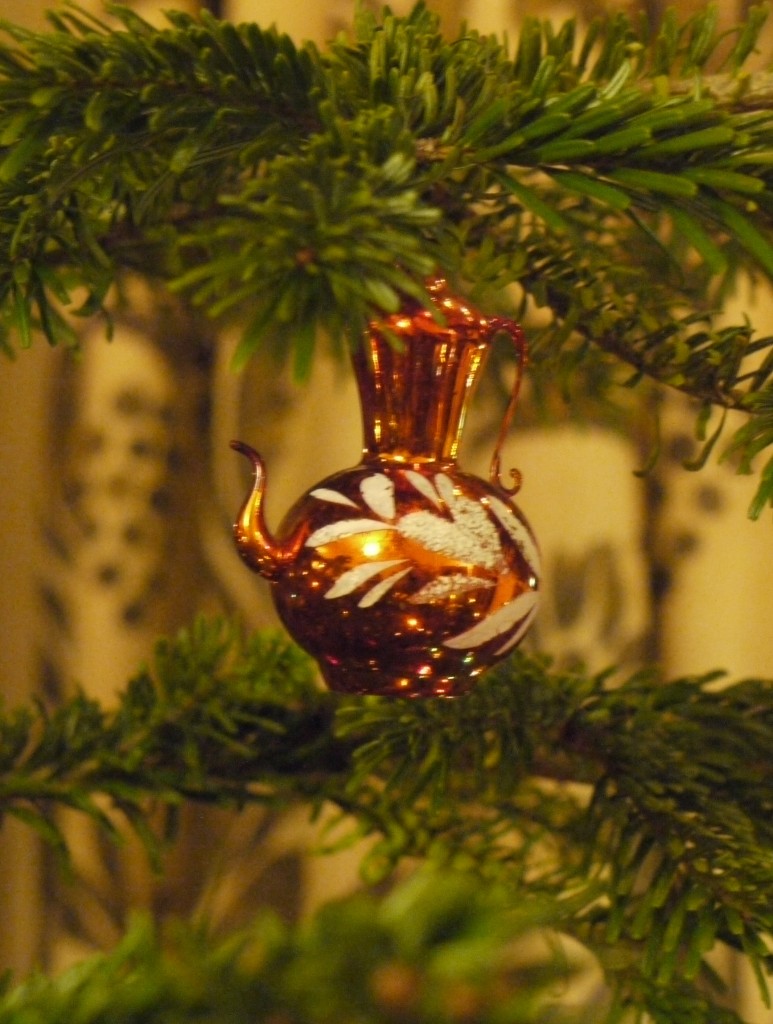by The Curious Scribbler
Where have I been and what have I been doing since mid November, my regular readers may well ask? Well nothing really out of the ordinary: a very busy Christmas with the house bursting with guests, a daughter moving house to Bristol, an enchanting one year old grandchild to play with, a nasty bronchial cold, and the fallout from the collapse of a fellow local historian’s book on the very brink of its publication by a small Trust. This last event occurred as if in illustration of an article by Matthew Parris in the Spectator entitled “Why are volunteers so mean to one another?” Parris wrote ” What is it about voluntarism, what is it about organisations composed of public spirited people giving of their own time and money for some purpose larger and nobler than themselves, that breeds the poisonous atmosphere that so often chokes their deliberations?” . In an attempt to answer this question he posits a new explanation. When people ‘give up their own free time’ for no remuneration, they become very difficult to command. Volunteers consider themselves released from the usual rules of the workplace. In the case in question, a volunteer steering committee, having engaged a volunteer author, decided, two years later, that they wanted a different book. Had the publication been driven for profit, the outcome might have been very different. As Parris remarks – the pursuit of principle is an infinitely more corrupting thing.
My own last regular printed output has also come to an end in January but it was a bloodless end, the death of the magazine Cambria came because it simply could not afford to continue without Welsh Books Council grant aid. And committees don’t wish to fund ‘more of the same’ indefinitely. Cambria has existed for 18 years and for most of them I have been its garden correspondent. It seldom could afford to pay me, but I was rewarded in other ways; my copy was never hacked about by an insensitive editor, my pictures were reproduced handsomely, my picture captions emerged correct. These are virtues which cannot be taken for granted in the world of magazines. The choice of topics was invariably mine, and my final piece was an account of a visit to the immaculately restored and recreated Allt-y-bela. The story had first appeared on this blog, in July 2014. As a final bonus, the magazine has long enjoyed a special status in the catalogues of the National Library of Wales. So for every article in Cambria, I have been awarded an author-indexed entry in their catalogue, as I would be for articles in more heavy-duty scholarly publications about Wales.
But blogs too may earn their immortality and I was gratified to be asked by the NLW for permission to copy and index my blogs relating to the remarkable sculpture by Mario Rutelli on the Aberystwyth war memorial. This topic continues to develop, leading blog readers to make the pilgrimage to Via Quattro Fontane in Rome to verify the identity of the original bronze, and report back their findings. Keeping a foot in both the electronic and the printed camps, I propose to write up the story of Aberystwyth’s ‘Humanity emerging from the Horrors of War’ for a printed journal this year.
Letter from Aberystwyth will continue, for the most part as a vehicle for overlooked or long forgotten fragments of our local history.

